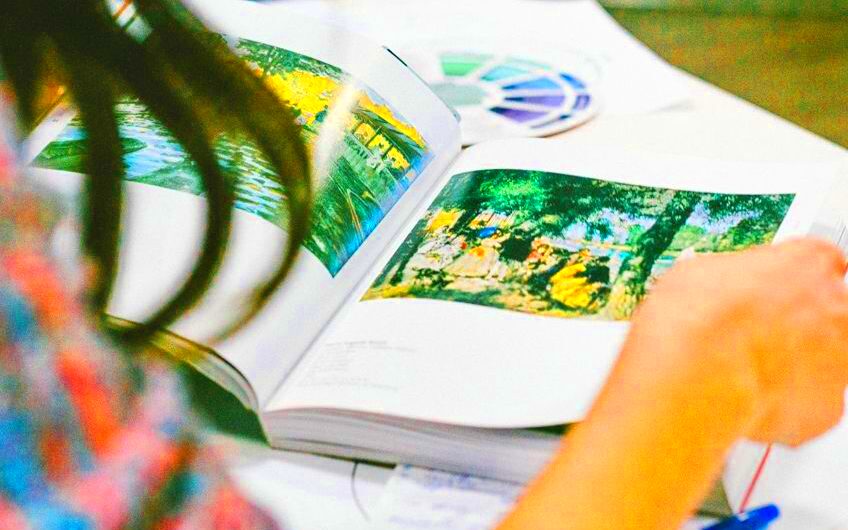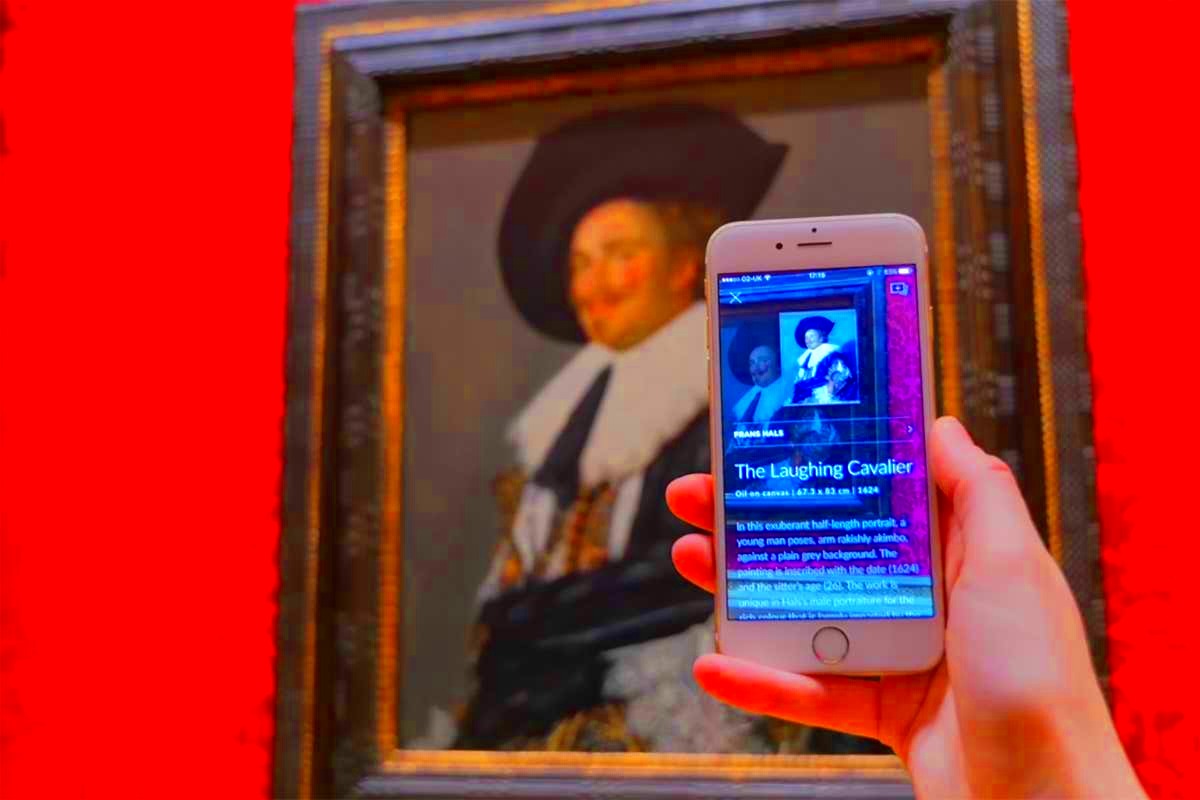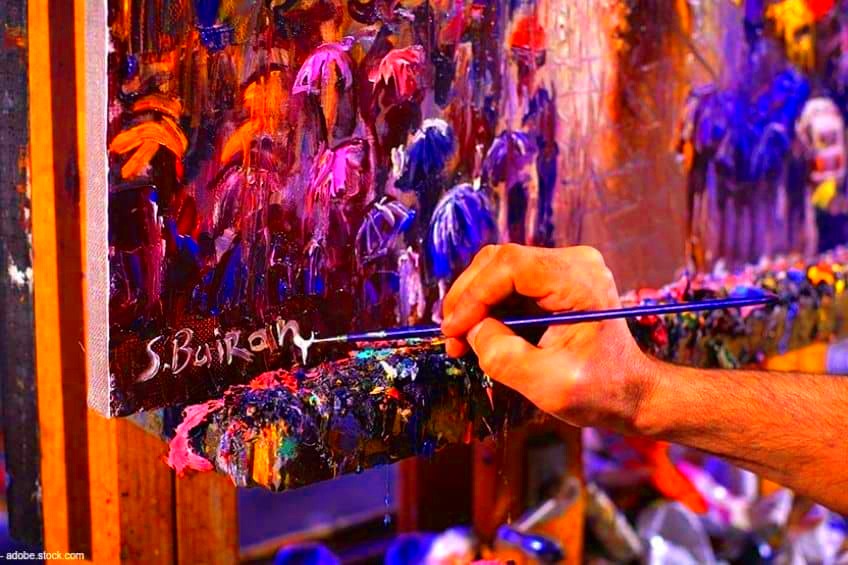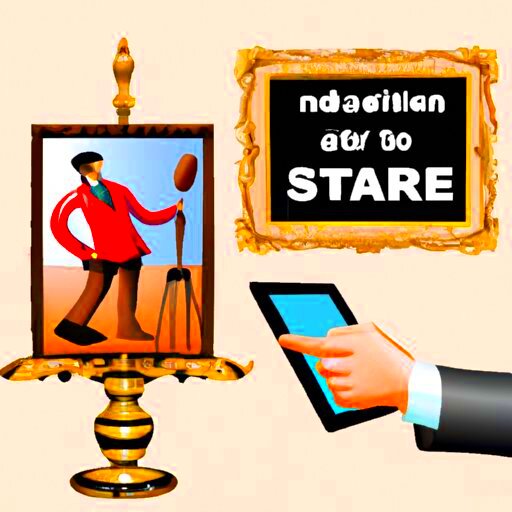Knowing the artist behind an image can greatly enhance your appreciation and understanding of the artwork. It allows you to connect with the creator’s vision and intent, which adds layers of meaning to the piece. Furthermore, recognizing the artist can also help you:
- Discover their style: Understanding an artist’s unique style can deepen your appreciation for their work.
- Contextualize the artwork: Knowing the artist's background can provide insights into the cultural and historical context of the piece.
- Value the work: If you’re considering purchasing or licensing an image, knowing the artist can influence its market value.
In a world where images are widely shared, being able to identify artists promotes respect for their work and encourages ethical practices in the use of their creations.
Identifying Key Elements in the Image

When trying to discover the artist of an image, start by examining its key elements. Look closely at:
- Color Palette: Notice the colors used and how they affect the mood of the image. Certain artists are known for specific color schemes.
- Brushstrokes and Techniques: Different artists have distinct styles of painting or photography. Recognizing these can give you clues about the artist.
- Subject Matter: The themes or subjects an artist often portrays can be a significant indicator of their identity.
- Composition: Look at how the elements in the image are arranged. Unique compositions can be a hallmark of particular artists.
By paying attention to these details, you can build a stronger hypothesis about who the artist might be, which can be further confirmed with additional research.
Using Reverse Image Search Tools

Reverse image search tools are incredibly useful when trying to find the artist of an image. These tools allow you to upload an image or enter its URL to find visually similar images across the web. Here’s how to effectively use them:
- Choose a reverse image search engine: Popular options include Google Images, TinEye, and Bing Visual Search.
- Upload the Image: You can either drag and drop the image or upload it from your device. If you have a URL, simply paste it into the search bar.
- Review the Results: Look for matches or similar images. Often, these results will lead you to pages where the image is credited to its artist.
These tools can save you time and effort in identifying the artist, as they often provide links to the original source, giving you more context and information.
Exploring Image Metadata

Image metadata is like a hidden treasure trove of information that can reveal a lot about the artwork and its creator. Metadata is embedded within the image file itself and often includes details such as the artist’s name, the date of creation, and even the location where the image was captured. By exploring this data, you can gain valuable insights into the image. Here’s how to do it:
- Accessing Metadata: You can access image metadata on your computer by right-clicking the image file and selecting “Properties” (Windows) or “Get Info” (Mac).
- Using Metadata Viewers: There are online tools and software available, like ExifTool or PhotoME, which can help you view detailed metadata.
- Understanding the Data: Look for fields like “Artist,” “Copyright,” and “Title.” If these are filled in, they might directly point you to the artist.
However, keep in mind that not all images will have complete metadata. Sometimes, artists might not include their details, or the metadata could be stripped away during sharing. Still, it’s a great starting point in your search!
Checking for Watermarks and Signatures
Watermarks and signatures are often the most straightforward ways to identify an artist. They are like a personal stamp on the artwork that can guide you to the creator. Here’s how to effectively check for these markers:
- Look Closely at the Image: Zoom in on the image and examine the corners, edges, and any visible areas for a watermark or signature.
- Identifying the Style: Some artists have unique styles of signing their work. Familiarizing yourself with various signatures can be beneficial.
- Online Searches: If you find a signature, you can do a quick online search for the name to see if it matches any known artists.
Even if the watermark is subtle, it can lead you to the artist's website or portfolio, providing more context about the work and the artist’s other pieces.
Searching Art Databases and Online Galleries
Art databases and online galleries are fantastic resources for finding information about artists and their works. These platforms often have extensive collections and details that can assist you in your search. Here’s how to make the most of these resources:
- Explore Major Art Databases: Websites like ArtNet, Artsy, and Saatchi Art feature a wide range of artists and artworks. Use their search functions to find images similar to yours.
- Utilize Filters: Many galleries allow you to filter by medium, style, and even color. This can help narrow down potential matches.
- Read Artist Biographies: When you find a potential match, take the time to read about the artist. Often, you’ll learn about their influences and techniques.
By utilizing these platforms, you can not only find the artist behind your image but also discover new artists and artworks that might inspire you!
Engaging with Art Communities and Forums
Connecting with art communities and forums can be a fantastic way to find the artist behind an image. These platforms are filled with fellow art lovers, enthusiasts, and experts who share a passion for creativity. Here’s how to tap into these resources:
- Join Online Forums: Websites like Reddit have dedicated art communities where you can post images and ask for help in identifying the artist. Subreddits like r/Art or r/ArtHistory are great places to start.
- Participate in Social Media Groups: Facebook and other platforms host groups focused on art appreciation. Joining these groups allows you to engage with like-minded individuals who may recognize the artist.
- Attend Virtual Meetups: Many art communities organize webinars or virtual meetups where you can learn and share insights about artists and their works.
- Ask Questions: Don’t hesitate to ask specific questions about the image. The more details you provide, the better the chances someone might recognize it.
By actively participating in these communities, not only can you uncover the identity of artists, but you can also enhance your own understanding and appreciation of art as a whole.
Frequently Asked Questions
Here are some common questions you might have while trying to discover the artist of an image:
| Question | Answer |
|---|---|
| How can I find an artist if there's no signature? | Try using reverse image search tools and explore online galleries that feature similar works. |
| What if the metadata is missing? | Look for clues in the image itself, like style and subject matter, and seek help from art communities. |
| Are watermarks always reliable for identifying artists? | While they can be helpful, some images may have watermarks that do not accurately represent the artist. |
These FAQs can guide you in your quest to identify the artist behind an image, helping you navigate common challenges and uncertainties.
Conclusion
Discovering the artist of an image can be a rewarding journey. By exploring various methods like examining metadata, utilizing reverse image searches, and engaging with art communities, you can uncover the creative minds behind stunning visuals. Remember, art is not just about the final piece but also about the story and intention behind it. So, take your time, explore your options, and enjoy the process of connecting with artists and their work. Your newfound knowledge will not only deepen your appreciation for art but also promote a culture of respect for creators and their contributions.

 admin
admin








